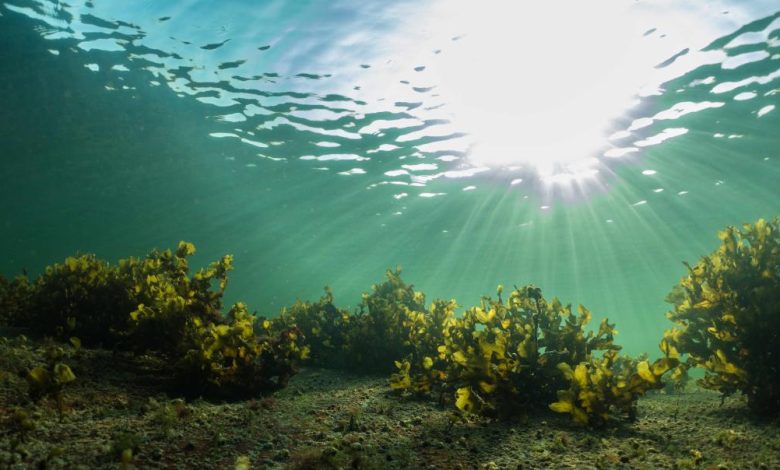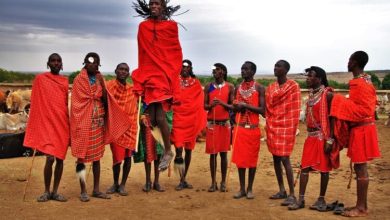Govt, stakeholders roll out national strategy to protect ecosystems

MOROGORO: THE Vice-President’s Office (VPO) in collaboration with environmental stakeholders has begun implementing the National Biodiversity Strategy and Action Plan (NBSAP) to ensure sustainable environmental protection.
The initiative aims to identify and manage areas that are not yet legally designated as protected in order to conserve biodiversity and safeguard ecosystems.
Chief Environmental Officer at the VPO, Ms Martha Ngalowera said yesterday during a working session in Morogoro that the NBSAP will give a clear picture and directives on protection of ecosystem.
The session brought together stakeholders from various international organisations.
They included the International Union for Conservation of Nature (IUCN), The Nature Conservancy (TNC), Frankfurt Zoological Society (FZS) and the World-Wide Fund for Nature (WWF).
Also present were technical experts from government ministries and sectoral institutions, who are working to enhance understanding and integration of biodiversity conservation into their respective plans.
Ms Ngalowera explained that part of the implementation involves developing a strategic conservation plan for biodiversity outside formally protected areas, referred to as Other Effective area-based Conservation Measures (OECMs).
The objective is to conserve 30 per cent of Tanzania’s land to help restore lost biodiversity and strengthen ecosystem resilience for the benefit of communities worldwide, starting from 2025 to 2030.
She stressed that the target areas include community-managed farmlands using sustainable practices, culturally protected forests, villagemanaged water sources and traditional pastoral rangelands.
“The National Vision 2050 sets out clear development goals and a strong commitment to build a nation that both protects and utilises its natural resources sustainably,” said Ngalowera.
ALSO READ: Tanzania calls for global collaboration to protect ecosystems
She added: “This strategy supports the goal of positioning Tanzania among the top 10 countries in the world for biodiversity conservation.”
The Biodiversity Conservation Coordinator at IUCN, Mr Fadhili Njilima said Tanzania is among 12 countries globally that are recognised for exceptional biodiversity wealth.
He explained that biodiversity includes a wide range of ecosystems and species such as wildlife, mountainous habitats, national parks, valuable forests and game reserves.
This richness has prompted international organisations, including IUCN, to support Tanzania’s conservation efforts, particularly due to the presence of species that are endemic to Tanzania.
However, despite this natural wealth, Njilima warned of increasing threats to biodiversity, such as the loss of natural habitats caused by unregulated agricultural expansion.
Other key threats include encroachment for livestock grazing and the impacts of climate change, all of which pose serious risks to biodiversity.
“There is already a noticeable decline in the population of various species, some are becoming increasingly rare and others are on the brink of extinction,” said Njilima.
“Recognising and conserving areas that currently lack formal protection is crucial, as these places often lack proper representation and advocacy.”
The Chief Researcher at the Tanzania Wildlife Research Institute (TAWIRI), Dr Jerome Kimaro noted that successful implementation of the strategy will depend on comprehensive planning and execution.
He affirmed that TAWIRI, as the main scientific advisory body for the government and conservation stakeholders, is prepared to support the initiative through research.
“Our researchers are data experts and the institute has extensive records and experience conducting studies in areas beyond protected zones such as wildlife corridors and dispersal areas,” said Dr Kimaro.
He added: “We believe that with our experience and by working closely with partners, this strategy can be wellcoordinated and successfully implemented.”





